Three common communication myths
I read about them,
I listen to them when I interact with leaders,
I hear them in the media.
Yes, they are myths.Many executives I work with have believed some or all of these myths at one time or another.After today you should be able to recognize them and ban them forever!
Myth # 1. “I don’t have time for communication.”
Do you think communication takes too much of your precious time? If you don’t take the time to communicate, problems and conflicts will multiply. You and your team will be more efficient, deal better with change, and have better relationships if you take the time to communicate.
Reality: NOT investing time in effective business communication is very costly. The time you spend in communication will create more time for you in the long run by ensuring understanding, focus, and efficiency. It will also build strong connections and will increase your influence.
Myth # 2. “If I don’t talk about it, it will go away.”
Do you tend to avoid difficult issues? In many of the businesses I work with there are “big elephants” sitting around everywhere. Everybody knows they are there, but nobody talks about them. The problem with avoidance is that problems compound, and people make all kinds of interpretations (right or wrong). It's better to deal with reality.
Reality: Our brains are made to try to solve puzzles. If the right information is not given, people will invent their own information and form their own judgements. Therefore, it’s much better to “take the bull by the horns” and bring the conversations into the open.
Myth # 3. “I already talked about this.”
Many leaders confuse talking with communication. Just because you are talking does not mean you are communicating. It does not necessarily mean either that your listeners are understanding. In fact, a common complaint I hear is that someone talks too much, and people get lost in trying to filter what's important and what is not.
Reality: To know if you are really communicating, think about these critical components:
Flexibility: Adjust your message to the needs of your audience. Don’t just share “data.” You need to share what is relevant to the moment and the people involved. You need to give what they need, not what you love to talk about. It’s about them, not about you.
Engagement: Get the interest and attention of your people by engaging them. Dialogue is always more effective than a monologue. You need to listen at least as much as you talk. Take emotions into consideration too.
Truthfulness: You have to be honest and consistent if you want people to listen, respect, and understand. Yes, as a leader there are confidential issues you can’t share. But you don’t have to lie about situations either. It’s better to say you are sharing what you can share at the moment than to say nobody is going to be layoff when you know that next week you have to let people go. Tell as much of the truth as you can and help people see how their efforts contribute to the business.
Efficiency: Think of the most direct and concise way you can deliver your message. Also consider what will be the best channel, or combination of channels, for delivering the information e.i. e-mail, face-to-face, individual, group, voice-message, etc.
Remember. . .
These 3 myths about communication originate from wrong assumptions. Don't confuse assumptions with facts. Don't fall prey to common myths. Instead, take time to communicate, bring up difficult issues for dialogue, and make sure you are communicating, not just talking. You will see how much more effective your communication will be.
P.S.
You can read my article "Lead through conversations." You will discover powerful reasons why the 21st century requires you to lead through conversations.

